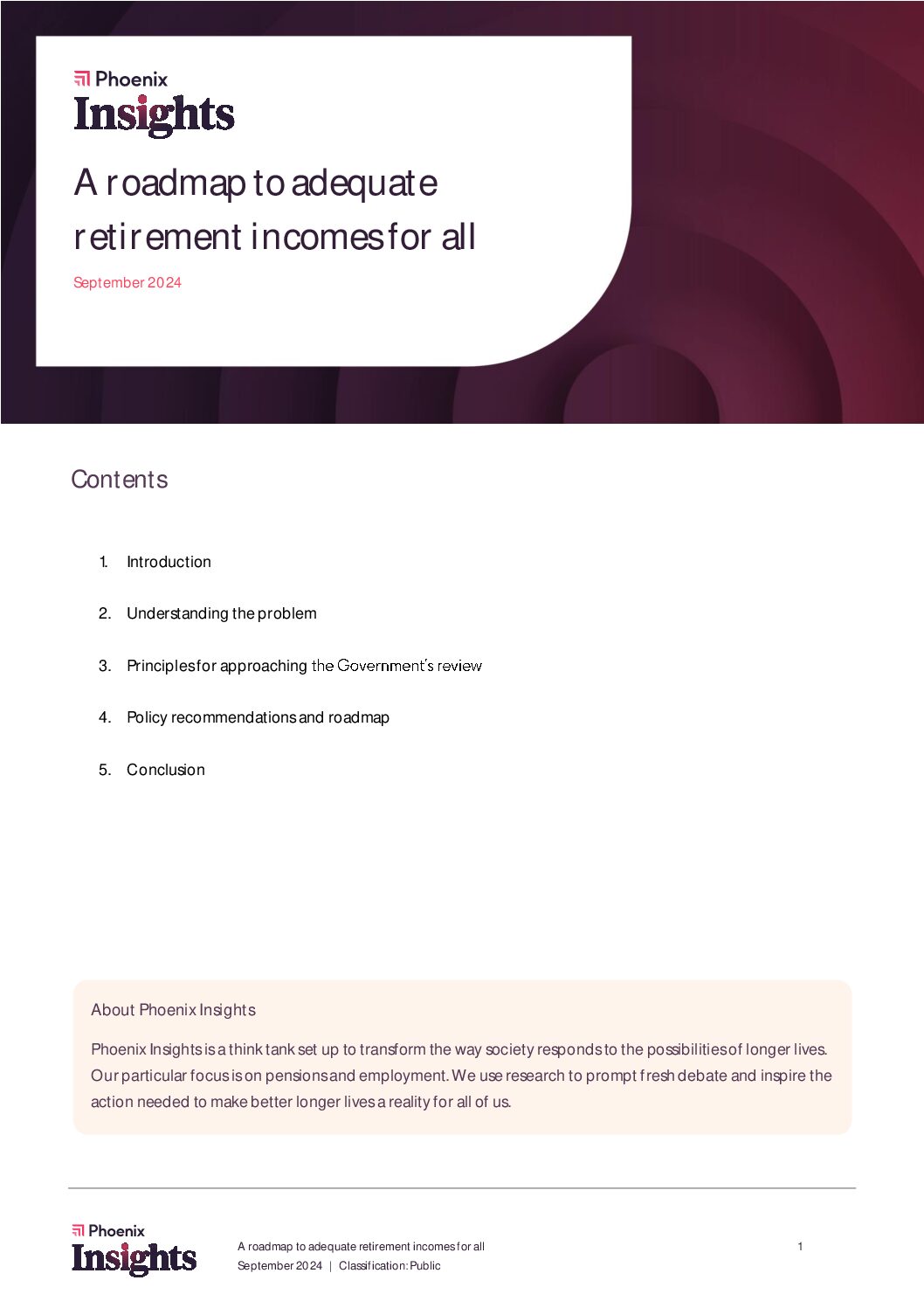Systemic Risk: A Practitioner's Guide to Measurement, Management and Analysis
By Malcolm H.D. Kemp
Systemic Risk provides readers with a wide-ranging practical guide to systemic risk in the financial system. It challenges the notion that systemic risk is exclusively about interconnectivities within the financial system, showing that past systemic risk crises have often involved a broader range of vulnerabilities.
It describes how regulators and governments are seeking to manage systemic risk, and how their concerns are driving change in regulatory and business environments across the financial sector. It sets out how firms and practitioners can effectively respond to these changes (covering topics such as data needs, quantification of risk exposures, management disciplines and skillset requirements etc.). It highlights the sources and characteristics of systemic risk and the concentrations of exposures to this risk. It also links systemic risk with other risk disciplines including exploring how systemic risk ties in with liquidity risk and credit risk and how it interacts with central clearing, collateralisation and pricing of derivatives.
Get the book HERE!










